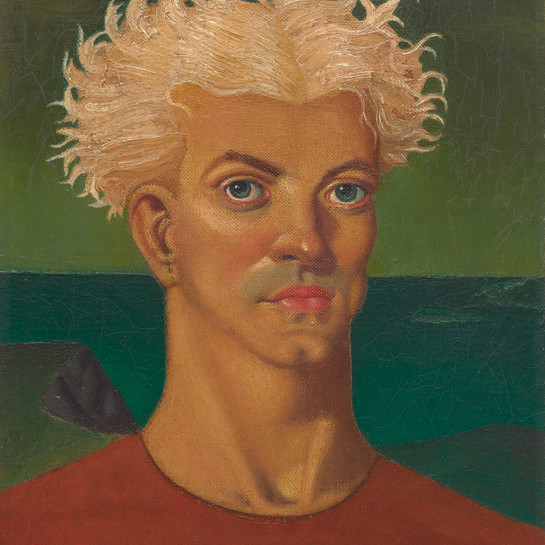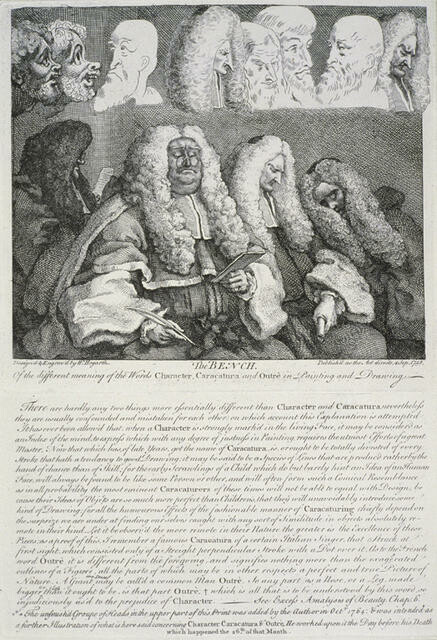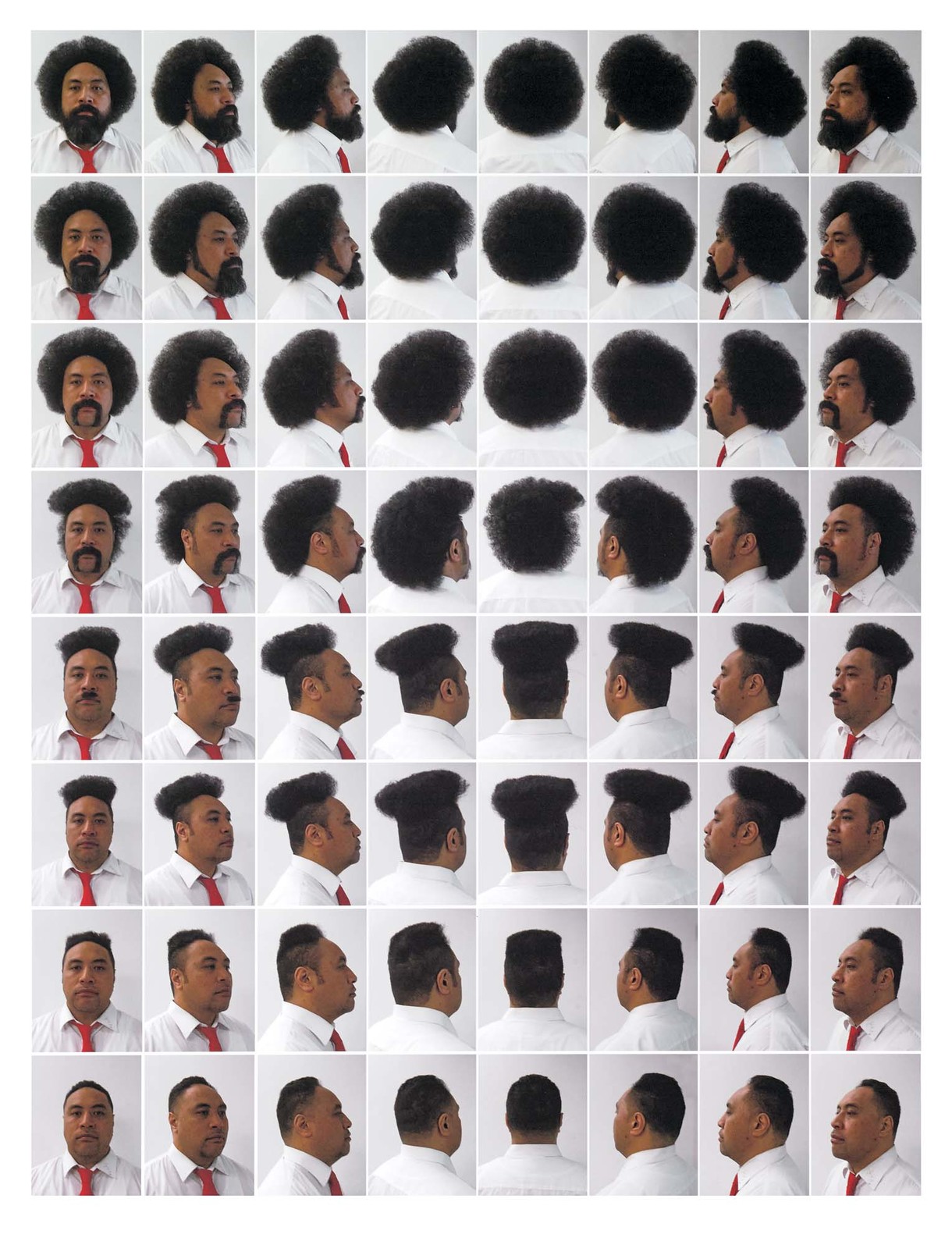William Hogarth
British, b.1697, d.1764
The Bench - Of the different meanings of the Words Character, Caracatura and Outrè In Painting & Drawing
- 1758-1764
- Etching
- Purchased, 1972
- 361 x 279mm
- 72/138
Tags: barristers, caricatures, hair, lawyers, men (male humans), monochrome, pens (drawing and writing), people (agents), satire (artistic device), sleeping, spectacles (eyeglasses), text (layout feature), wigs, writing (processes)
The text of the inscription:
THERE are hardly any two things more essentially different than Character and Caricature, nevertheless they are usually confounded, and mistaken for each other, on which account this Explanation is attempted.
It has ever been allow’d that when a Character is strongly marked in the living Face, it may be consider’d as an Index of the mind, to express which with any degree of justness in painting requires the utmost efforts of a great Master. Now that which has, of late Years, got the name of Caracatura, is, or ought to be, totally divested of every stroke that hath a tendency to good Drawing: it may be said to be a Species of Lines that are produc’d rather by the hand of chance than of Skill; for the early Scrawlings of a Child which do but barely hint an Idea of an Human Face, will always be found to be like some Person or other, and will often form such a Comical Resemblance as in all probability the most eminent Caracaturers of these times will not be able to equal with Design, because their Ideas of Objects are so much the more perfect than Children's, that they will unavoidably introduce some kind of Drawing: for all the humorous Effects of the fashionable manner of Caracaturing chiefly depend on the surprize we are under at finding ourselves caught with any sort of Similitude in objects absolutely remote in their kind. Let it be observ’d, the more remote in their Nature the greater is the excellence of these Pieces: as a proof of this, I remember a famous Caracatura of a certain Italian Singer, that Struck at first sight, which consisted only of a Straight perpendicular Stroke with a Dot over it. As to the French word Outrè it is different from the foregoing, and signifies nothing more than the exaggerated outline of a Figure, all the parts of which may be in other respects a perfect and true Picture of Nature. A Giant or a Dwarf may be called a common Man Outrè. So any part as a Nose, or a Leg, made bigger or less than it ought to be, is that part Outrè, which is all that is to be understood by this word, so injudiciously us’d to the prejudice of Character. ___ See Excess Analysis of Beauty. Chap. 6.
*** The unfinish’d Groupe of Heads, in the upper parts of this Print was added by the Author in Octr 1764: & was intended as a further Illustration of what is here said concerning Character Caractura & Outrè, He worked upon it the Day before his Death which happened the 26th of that Month.


